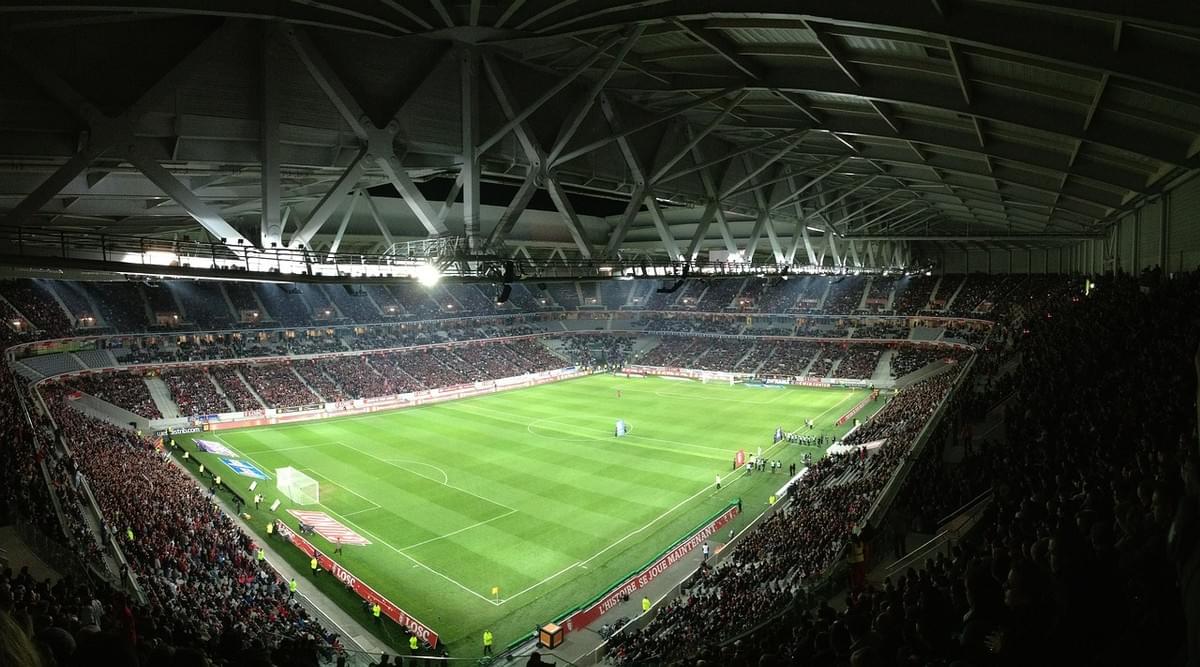With 1.2 billion social media users and a $400 billion sports industry, China’s digital landscape offers immense potential for foreign sports franchises. Yet success in this market demands more than translated content — it requires cultural adaptation, platform-specific creativity, and strategic partnerships. Through case studies, we explore proven strategies for engaging Chinese audiences and unlocking commercial opportunities.

1. Borussia Dortmund: Blending Commerce and Fan Engagement
In 2020, Borussia Dortmund partnered with Alibaba’s Tmall Live to pioneer a novel approach to merchandise sales. Their strategy focused on integrating e-commerce with real-time fan interaction:
- Live-Streamed Events: The club hosted live sessions featuring player appearances and exclusive jersey launches. Fans could interact directly with players while purchasing limited-edition kits.
- Emotional Storytelling: By showcasing behind-the-scenes stories about jersey designs and club traditions, Dortmund created a sense of exclusivity and connection.
Results: The campaign generated immediate sales spikes, demonstrating the power of combining commerce with emotional engagement. Chinese fans appreciated the direct access to players, which deepened their loyalty to the club.
2. FC Bayern Munich: Multi-Platform Mastery
During the 2020 offseason, FC Bayern Munich launched its “Cloud Summer Tour,” a virtual engagement campaign designed for China’s social media ecosystem. The strategy emphasized platform-specific content:
- Live-streaming Interactions: Players participated in short, casual Q&A sessions, capitalizing on China’s streaming platform’s preference for quick, engaging videos.
- WeChat Mini-Program: The club introduced a dedicated hub for membership services, offering personalized updates and exclusive content to registered fans.
- Cross-Industry Collaboration: Partnerships with local influencers like Olympic boxer Zou Shiming expanded Bayern’s appeal beyond soccer enthusiasts.
Impact: This approach strengthened brand loyalty by delivering localized experiences tailored to each app’s user behavior.
3. Juventus FC: Capturing Gen Z on Douyin
Juventus became the first European soccer club to establish a presence on Douyin in 2019, recognizing the platform’s popularity among China’s youth. Their strategy prioritized authenticity and relatability:
- Short-Form Content: Behind-the-scenes clips of training sessions, locker room celebrations, and player downtime resonated with Gen Z’s preference for casual, unfiltered content.
- Star Power: Cristiano Ronaldo’s posts, including playful interactions with teammates and fans, consistently drove viral engagement.
Results: By 2025, Juventus amassed over 2.4 million followers on Douyin, establishing itself as a leader in youth-focused digital engagement.
4. Newcastle United: Building a Grassroots Fanbase
Newcastle United’s early adoption of Chinese social media in 2017 laid the groundwork for sustained growth. The club focused on consistency and cultural relevance:
- Platform Diversity: Official accounts on Weibo (for news), WeChat (for community-building), and Dongqiudi (a soccer-focused app) ensured broad reach.
- Localized Content: Regular updates included match highlights with Mandarin commentary, anniversary celebrations tailored to Chinese holidays, and stories connecting the club’s history to local fan traditions.
Lesson: Long-term consistency in culturally relevant content helped the club build trust and loyalty in a competitive market.
Strategic Framework for Success
Platform Specialization

China’s social media platforms serve distinct purposes, and successful teams tailor content accordingly:
Weibo for real-time engagement and public visibility.
- Characteristics
- Microblogging platform similar to Twitter, with a focus on real-time updates, trending topics, and public discussions.
- Open and viral nature: Content spreads quickly through retweets, hashtags, and influencer collaborations.
- Diverse user base: Popular among younger demographics (18–35) and urban populations.
- Recommendations
- Build brand awareness: Share match highlights, player stories, and engage in trending sports-related topics.
- Fan interaction: Host Q&A sessions, polls, and contests to boost engagement.
- Crisis management: Address controversies or misinformation swiftly due to its public, fast-paced environment.
WeChat for community building and monetization.
- Characteristics
- Super-app ecosystem: Combines messaging, social media (Moments), official accounts (subscription/service), and mini-programs.
- Closed-loop engagement: Users follow official accounts for content and use mini-programs for services (e.g., ticketing, merchandise).
- High user loyalty: Deep integration into daily life (1.3 billion users), ideal for long-term community building.
- Recommendations
- Content depth: Publish in-depth articles, behind-the-scenes videos, and exclusive interviews via Official Accounts.
- Direct fan relationships: Use private groups or chatbots for personalized communication.
- Monetization: Sell tickets, merchandise, or memberships through mini-programs linked to WeChat Pay.
RedNote for lifestyle integration.
- Characteristics
- Lifestyle and UGC platform: Dominated by young, female users sharing product reviews, fashion, and lifestyle content.
- Trust-driven community: Users rely on authentic recommendations from influencers (KOLs) and peers.
- Aesthetic focus: High-quality visuals and storytelling are critical.
- Recommendations
- Lifestyle branding: Showcase the team’s culture, player lifestyles, and merchandise as part of a trendy, aspirational identity.
- Collaborate with KOLs: Partner with fitness, fashion, or travel influencers to reach niche audiences.
- Soft promotion: Avoid hard-selling; focus on storytelling (e.g., “a day in the life of an athlete”) to resonate with users.
Douyin for youth-driven virality and creative storytelling.
- Characteristics
- Short-video platform: Algorithm-driven, with content optimized for virality and entertainment.
- Youth-centric: Most users are under 30; thrives on creativity, humor, and trends (e.g., challenges, music, filters).
- High engagement: Users spend 60+ minutes daily on average.
- Recommendations
- Viral content creation: Post highlights, training clips, or humorous skits featuring players.
- Leverage trends: Participate in popular challenges or create branded hashtags (e.g., #TeamXChallenge).
- Global-local fusion: Blend international sports appeal with Chinese pop culture (e.g., collaborations with local celebrities).
For professional sports teams eyeing China, these case studies prove that cultural respect and digital innovation—not just content translation—drive lasting market penetration. The playbook is written; the court is yours to conquer.